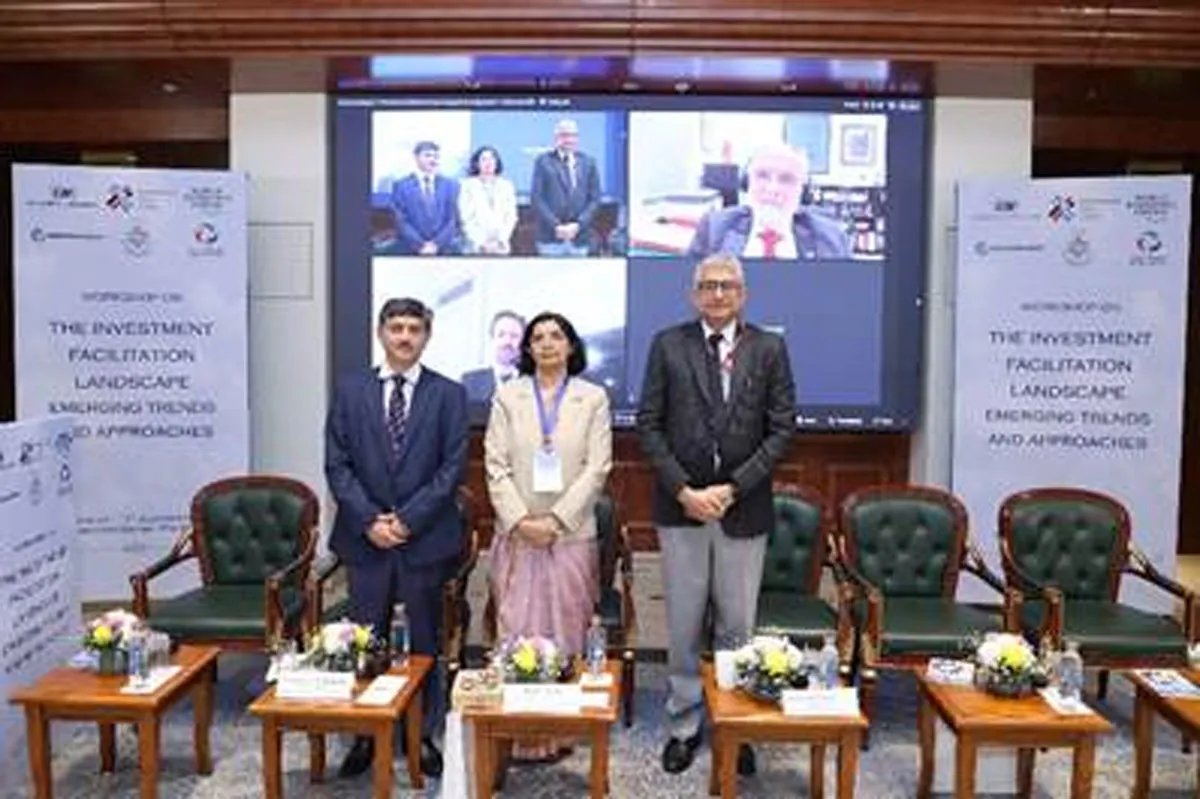PM Modi to cut the ribbon for important infrastructure projects in Varanasi

ONDC Promotes Open and Inclusive Digital Commerce Ecosystem
The Open Network for Digital Commerce (ONDC) is enabling a fair, transparent and non-discriminatory digital marketplace by creating an open ecosystem that allows sellers to reach customers across multiple platforms. Unlike traditional e-commerce platforms that operate in closed silos, ONDC removes platform-specific restrictions and ensures equal discoverability for all sellers, irrespective of size, scale or digital sophistication. Open protocols and common network specifications enhance transparency and prevent biased or opaque listing practices, while seller-side applications make full catal..

Government Drives Ease of Doing Business via District BRAP
The Government of India is advancing Ease of Doing Business (EoDB) reforms by extending the Business Reforms Action Plan (BRAP) to the district level through the launch of the District Business Reform Action Plan (D-BRAP). Implemented by the Department for Promotion of Industry and Internal Trade (DPIIT), the initiative recognises that businesses interact most frequently with district authorities for approvals, inspections and services.D-BRAP 2025 provides a structured framework to strengthen last-mile service delivery across District Collectorates, Development Authorities and Urban Local Bodi..

CTIL Hosts Workshop on Emerging Investment Facilitation Trends
The Centre for Trade and Investment Law (CTIL), Indian Institute of Foreign Trade, recently organised a workshop on ‘The Investment Facilitation Landscape: Emerging Trends and Approaches’ in collaboration with CII, ITC, UNCTAD, the World Bank and the World Economic Forum at Bharat Mandapam, New Delhi. The workshop brought together policymakers, government officials, global experts and industry stakeholders to examine evolving approaches to investment facilitation and ease of doing business.The programme featured three technical sessions covering India’s approach to investment facilitatio..
















